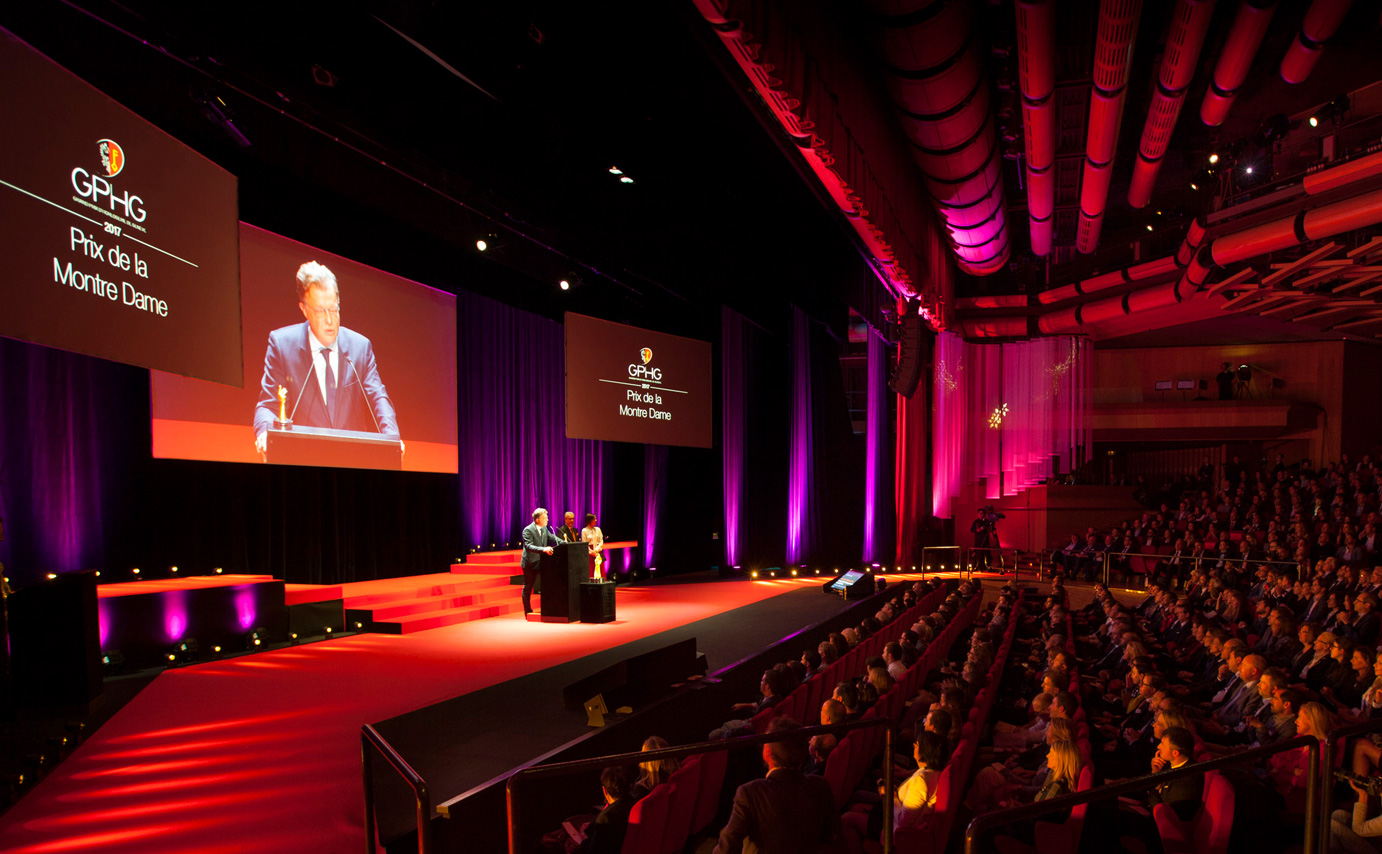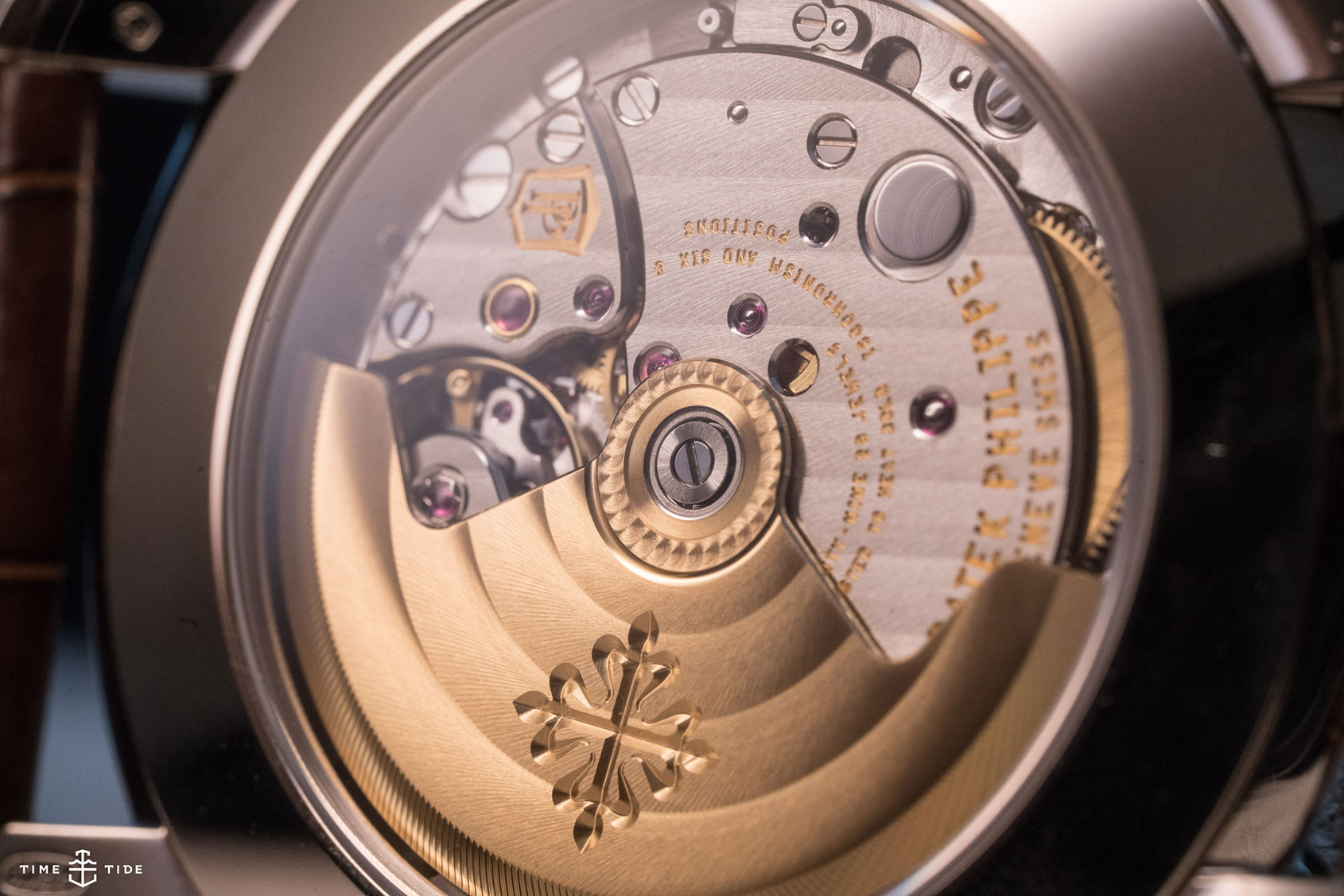RECOMMENDED READING: The problem with the GPHG
Nick KenyonFirst uncovered in the tomb of a 17th century Genevan clockmaker, the words which are now passed into lore: “Every time someone says the GPHG is the Oscars of the watch world, a bunny dies.” So as to avoid the death of any more happy hoppers, I’ll describe the GPHG as the biggest prize in watches each year. In saying that, there’s a problem with the GPHG.

While the GPHG is the biggest prize to be won, the competition is, as Felix eloquently put, “notably free of crowns and calatravas”, bringing the elephant at the GPHG clearly into view. Some brands are not represented, because all competitors have to self-nominate. While this may be viewed as an administrative hurdle from the perspective of the GPHG organisation, it results in a field of competitors that doesn’t reflect a global market.

In this article for the FHH Journal, Franco Cologni also comments on the discrepancy between the average sum paid for a luxury watch across the globe, and the average price of the winning watches of the GPHG 2018 — CHF 260,000. If the GPHG prize winners don’t reflect reality, what do they reflect? Find his full article here.




